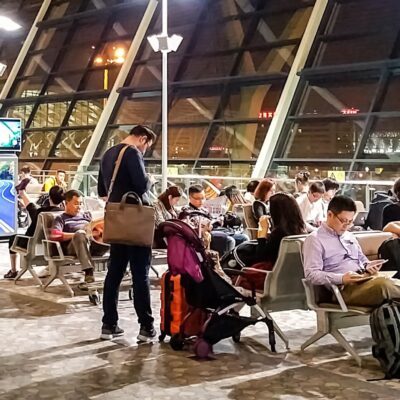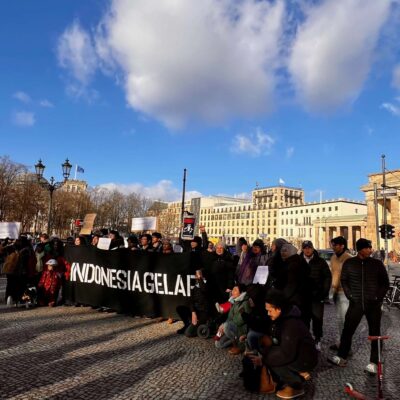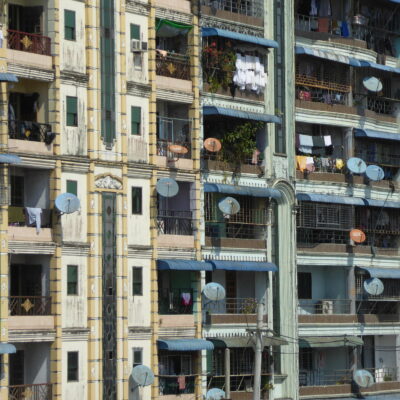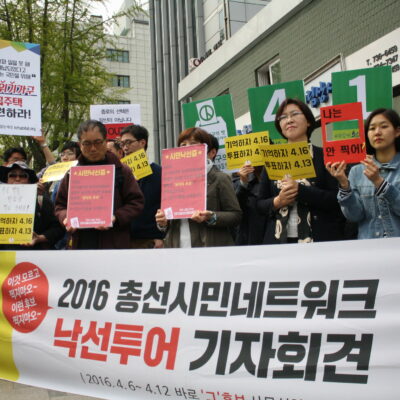The re-imposition of harsh rule by the Taliban in Afghanistan since mid-August 2021 after the untimely withdrawal of the US has shocked many people across the globe. The regime’s repressive character has triggered both overt and covert forms of resistance within the country by civil society actors, especially women who have been deprived of their rights to education, employment, entry to public recreational spaces, and freedom of expression.
Many powerful countries, including the US, have withheld economic aid and political support for the regime, although some aid resumed in 2022. The decision by the US to impose restrictions on the Central Bank of Afghanistan, combined with the mismanagement of the country by the Taliban, has disrupted and destabilised its economy. It has led to reduced flow of money, substantial shrinkage of economic activity, and increasing hardship and poverty for ordinary citizens. Despite increasing trade with China and other regional players (including Pakistan, India and a few Central Asian nations) the people of Afghanistan and its economy face enormous challenges. In 2022 more than 90 percent of the Afghan population lacked food security.
Faced with these harsh economic and political conditions, the future of Afghanistan appears bleak. But despite these many challenges, human security scholar Shahrbanou Tadjbakhsh invests hope in Afghan civil society claiming civil society both within the country, and based externally, should be assisted in its pursuit of non-violent means to achieve peace, including involving the Taliban. I agree with Tadjbakhsh in relation to the need to support civil society in its search for peace. However, I argue that there is also a need to critically appraise the notion of civil society in Afghanistan.
Reassessing the concept of civil society
In the case of Afghanistan, women have contested for their rights to education and access to work with great vigour and valour. This is evident in the public demonstrations held by many groups of women despite the threats to their personal safety. There are also latent forms of opposition to the severe restrictions on education for women which prohibit schooling beyond the sixth grade. Such opposition occurs in the form of teaching classes in secret spaces and underground book clubs that provide women an opportunity to read and satisfy their quest for learning. One young woman belonging to a book club conducts English classes online for nearly 1,000 female students and offers lessons in several vocational subjects. While women are in the vanguard of the struggle for the restoration of their rights, they are also assisted by some male activists like Matiullah Wesa who was detained by the Taliban for seven months for campaigning for the rights of women to education. Other men who have campaigned for women’s rights have similarly been harassed.
Under the prevailing repressive political conditions in Afghanistan, civil society struggles takes forms that do not necessarily conform to the more conventional understandings of the term ‘civil society’ which emphasise formal associations. In the case of conflict zones and state disruption, states like Afghanistan that are politically unstable, repressive, and possess limited or fragmented administrative capacity, the involvement of individual actors and informal groups can have a significant bearing on the character and resilience of civil society. Thus, an expansive definition of civil society is more appropriate.
A study by social scientist and NGO (non-governmental organisation) leader Elizabeth Winter on the state of civil society under the previous Islamic Republic of Afghanistan (IRA) solicited views from Afghan civil society actors and proposed a revised, culturally relevant, and expanded definition of civil society appropriate to Afghanistan. The revised definition overlaps largely with the one devised and used by the Centre for Civil Society at the London School of Economics but, in addition, it incorporates two attributes intrinsic to Afghan society, that is, ‘cultural activities and individual action for the good of other citizens’. The revised definition also recognises that the variety of actors comprising civil society shared common goals aimed at uplifting the conditions of Afghan people by respecting their ‘dignity’.
It is now recognised by many that one of the failings of the IRA government, and its powerful Western supporters such as the US, was inadequate attention to strengthening local civil society actors and meeting the basic needs of the ordinary people of Afghanistan. Thus the former Prime Minister of Australia, Julia Gillard, stated in May 2023 that while her government provided developmental aid and trained Afghan armed forces, not enough heed was paid to ‘local voices’. Further, she acknowledged that in conflict situations those who have an understanding of local conditions, and who can be influential at the local level, are sometimes excluded by external supporters. She is not alone in recognising this deficiency. Others have also been critical of the top-down attempts at democratisation and reconstruction under the IRA. Tadjbakhsh and UN legal expert Michael Schoiswohl claim democratisation requires recognition of civil society actors across society, rather than only formally organised associations like the nongovernmental organisations (NGOs) that proliferated during IRA’s administration.
Civil society under the IRA (2004-2021)
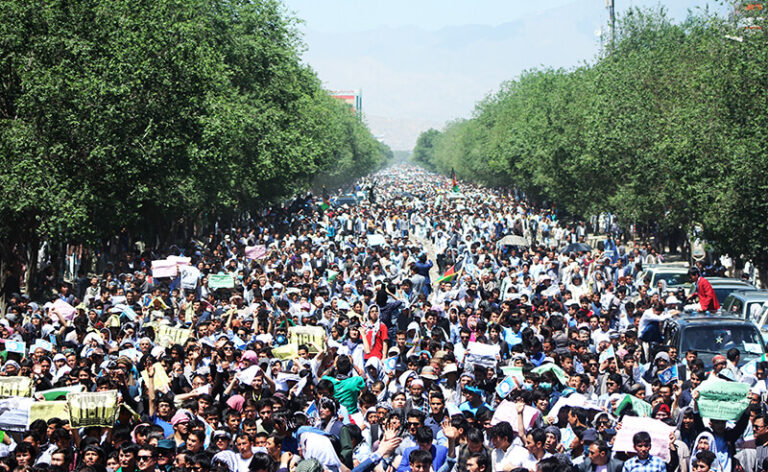
A demonstration of Hazara in Kabul, 2016. Credit: مصطفی نورزاد/Wikimedia Commons.
According to human rights expert Marine Durand, there were approximately 2,010 registered NGOs in Afghanistan during 2014 and approximately 4,141 non-NGO entities. The NGO sector included International Non-governmental Organisations (INGOs) and Afghan NGOs that were both involved mainly in humanitarian and development work. Under the IRA the civil society sector was extensive and very active. Both Winter and Durand state it included organisations and groups that espoused a wide range of interests and causes such as human rights issues, women’s concerns, cultural activities, heritage preservation, union work, peace building, and many others. Importantly, the formal civil society sector was fairly well structured with major coordinating and umbrella organisations such as the Agency Co-ordinating Body for Afghan Relief (ACBAR) that represented INGOs and Afghan NGOs. Other notable examples of umbrella organisations included, according to Winter, Afghan Civil Society Forum, Afghan Women’s Network and the Foundation for Culture and Civil Society among others.
The civil society sector in Afghanistan existed before 2001, but it received significant support after the overthrow of the Taliban in 2001. However, as Kaja Borchgrevink explains, international support for this sector was confined largely to NGOs because of what she describes as a ‘narrow’ perspective on what constituted civil society. By opting for NGOs, external donors overlooked the significance of informal civil society actors in peace building and reconstruction.
Though civil society groups spread in Afghan cities after 2001, their presence in non-urban areas likely remained insignificant. In rural Afghanistan locally based community groups or local councils, known as shuras and jirgas, combined with religious councils and religious figures exercised substantial sway over local communities. During past conflicts these ‘customary authorities’ were, according to Tadjbakhsh and Schoiswohl, a major source of strength for the local communities. Their role was either ignored or underestimated by international supporters of the former IRA government. As peace and international order scholar Jennifer Brick Murtazashvili states, the World Bank promoted a massive local governance program creating Community Development Councils (CDCs) that bypassed the ‘informal traditional structures’, but these CDCs proved less effective in conflict resolution and governance than those communities without them. This was partly because the CDCs ignored traditional community ‘social norms’ that had influenced local governance.
Political scientist Vanessa Van den Boogard claims INGOs, local NGOs and contractors, whose outlook was defined by the neoliberal economic agenda, acted as service providers on behalf of western donors and were primarily accountable to their donors instead of their beneficiaries. This resulted, according to Durand, in NGOs and some civil society organisations having a ‘short-term’ outlook and a ‘lack of strategic vision’. The work of INGOs as service providers limited their influence within Afghanistan and raised questions about their motives and legitimacy. Their narrow understanding of civil society, and limited links with local civil society actors and ‘customary authorities’, prevented the development of meaningful relationships. Consequently, their contribution to peacebuilding and reconstruction was restricted, according to Van den Boogard. While INGOs established links with modern Afghan NGOs, they largely replicated the discourses and roles of their international counterparts. This tendency of local NGOs was not necessarily due to their uncritical imitation of INGOs but, to some extent, a consequence of their structural status in the aid hierarchy. Local NGOs occupy a lower location in the ‘aid chain’ and are consequently largely unable to exercise sufficient independence to bring about ‘transformative change’.
The reluctance of western donors to engage with local religious councils and figures stemmed partly from the belief that they were not favourably disposed to modern, secular values and instead represented traditionalist forces committed to social and cultural status quo in the rural areas. Also, they were viewed by some as supporting extremist forces like the Taliban. This perception was, however, misleading because, as Borchgrevink explains, religious civil society actors are diverse, ranging from those fundamentally opposed to social reforms to those who are supportive of reforms. Importantly, Borchgrevink states religious figures were not entirely opposed to development aid so long as it did not clash with Islamic values and displace Afghan cultural traditions. Also, some of the younger religious leaders, according to Winter, were empathetic to democratic values, human rights and development initiatives. Lack of nuance on the part of foreign, western donors, and even the Afghan government, in understanding the character of religious civil society resulted in insufficient mobilisation of religious actors who exercised considerable authority over rural communities. The key agents of social change and potential allies in promoting reforms were thus ignored. Consequently, the rural population likely experienced minimal benefits of economic development despite an expenditure of $2.3 trillion by the US in development and military assistance.
The future of civil society in Afghanistan
The civil society landscape has significantly altered under the current Taliban rulers. The previous Civil Society Law has been annulled making it difficult for NGOs to function, but establishments such as charities, welfare agencies and unions are still able to operate. The rural-urban distinction combined with religious beliefs are major considerations in Taliban’s treatment of civil society organisations (CSOs). The CSOs that are rural based and espouse religious values acceptable to the Taliban receive favourable consideration. The Taliban are willing to engage with religious scholars, other religious figures, rural elders, tribal leaders and CSOs that have the backing of their local communities to represent their problems. Urban based CSOs and their representatives can operate but they have to conform to the political and religious outlook of the Taliban. However, the loss of many educated people who have fled Afghanistan since August 2021 has depleted the civil society sector of human resources.
It is evident that under the current Taliban administration civil society actors face enormous challenges because of the repressive character of the regime. Nevertheless, there is some scope for negotiation at the local level and certain civil society activities are possible because the Taliban do not represent an homogenous bloc. There are variations, for example, in relation to their attitude towards education for women. The top leadership, however, has remained resolutely opposed to any social reform in this area because it argues it does not conform to its interpretation of Sharia or Islamic Law. Notwithstanding such opposition, a leading Afghan activist championing women’s rights, Mahbouba Seraj, urges world leaders to engage in a dialogue with the regime leading to its eventual recognition on the condition that women’s rights are reinstated. Her position, though, is contested by certain other activists who remain distrustful of the Taliban.
Expanding the space for civil society activities will require a more nuanced and culturally sensitive approach that encompasses a broad spectrum of civil society actors as well as greater responsiveness to local needs, institutions and values instead of demands imposed by donor agendas that may not correspond to local conditions. Considering the cultural diversity of Afghanistan, inclusivity is essential in the interests of national cohesion and political stability. Minority religious groups such as the Shia Muslims and ethnic communities such as the Hazaras, who have experienced severe discrimination, need to be fully accommodated in the national civil society network and consulted by international civil society actors. Their national representatives include the Shia Ulema Council of Afghanistan and the General Council of Hazaras. Another small Shia Muslim minority, the Ismailis, who are the followers of Aga Khan IV have their own National Council but have also benefitted from the activities of the Aga Khan Development Network (AKDN) which began operating in Afghanistan in 1996. The AKDN is a multisectoral development organisation with an international presence that caters for all people regardless of faith, gender or ethnic background.
The involvement of AKDN and its social development agency, the Aga Khan Foundation (AKF), is instructive for rethinking civil society in Afghanistan. AKDN takes a community based approach to development with a long-term commitment to Afghanistan and its people. The AKF has worked in Afghanistan with local communities since 2003, fostering community acceptance and community ownership of its projects. For example, following discussions with women in communities experiencing deteriorating agricultural production through climate change, it promoted the growth of micro-forests in four provinces resulting in diversification of crop cultivation, greater income earning opportunities, more employment, and environmental improvements. The project has also provided training and occupational outlet for women whose ambitions to advance their education were disrupted.
The AKF’s identification with Afghanistan is illustrated by the composition of its staff that is predominantly of Afghan origin. The AKF remains politically neutral and the AKDN has adopted an integrated approach to development that spans many sectors, including, health, education, agriculture, food security and microfinance among others. Further, the activities of AKDN/AKF are spread across many provinces including the more disadvantaged and remote areas in Bamyan and Badakhshan provinces where some of the minority communities such as the Hazaras reside. While AKDN/AKF receive grants from western countries and collaborate with international development agencies, their development agenda is not entirely donor driven because they also rely on their internal resources. As Michael Kocher, General Manager of AKF stated, AKDN has a long-term commitment to Afghanistan regardless of political change, which combined with its demonstrable improvements in the conditions of local communities, has assured AKDN’s acceptance and resilience in the face of many challenges.
The work of civil society actors is only effective if it leads to economic development that ameliorates the living conditions of ordinary people. It is important to add that such improvements must occur within a cultural context that is meaningful to ordinary Afghans. Further it requires a broadening of the development agenda that extends beyond material gains, taking into account certain attributes associated with the Quality of Life (QoL) approach that is applied, for example, by the AKDN in its development programs. These include values and norms such as pluralism, cultural tolerance, and gender and social equity, which contribute towards an engaged and peaceful civil society leading to more equitable and representative governance.
Image: Kabul market. Credit: Hogai Aryoubi/Wiki Commons

